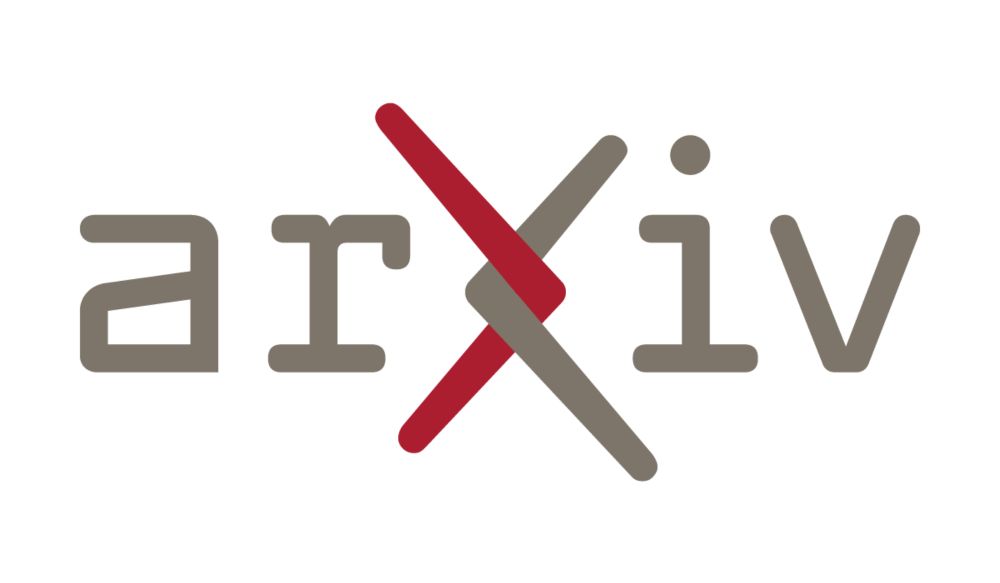
In this work we show how easy it can be to infer relationship between LLMs by constructing trees and to predict their performances and behavior at a very low cost with @stepalminteri.bsky.social and @pyoudeyer.bsky.social ! Here is a brief recap ⬇️
We rethink how to assess machine consciousness: not by code or circuitry, but by behavioral inference—as in cognitive science.
Extraordinary claims still need extraordinary evidence.
👉 osf.io/preprints/ps...
#AI #Consciousness #LLM

We rethink how to assess machine consciousness: not by code or circuitry, but by behavioral inference—as in cognitive science.
Extraordinary claims still need extraordinary evidence.
👉 osf.io/preprints/ps...
#AI #Consciousness #LLM
We show that LLM-based reinforcement learning agents encode relative reward values like humans, even when suboptimal and display a positivity bias.
Work led by William Hayes w/ @nicolasyax.bsky.social
doi.org/10.1162/opmi...
#AI #LLM #RL

We show that LLM-based reinforcement learning agents encode relative reward values like humans, even when suboptimal and display a positivity bias.
Work led by William Hayes w/ @nicolasyax.bsky.social
doi.org/10.1162/opmi...
#AI #LLM #RL

Come see my poster at #ICLR2025 3pm Hall 2B #505 !

Come see my poster at #ICLR2025 3pm Hall 2B #505 !
In this work we show how easy it can be to infer relationship between LLMs by constructing trees and to predict their performances and behavior at a very low cost with @stepalminteri.bsky.social and @pyoudeyer.bsky.social ! Here is a brief recap ⬇️

In this work we show how easy it can be to infer relationship between LLMs by constructing trees and to predict their performances and behavior at a very low cost with @stepalminteri.bsky.social and @pyoudeyer.bsky.social ! Here is a brief recap ⬇️

in bordeaux
> studying llm-mediated cultural evolution with @nisioti_eleni
@Jeremy__Perez
> balancing exploration and exploitation with autotelic rl with @ClementRomac
details and links in 🧵
please share!
in bordeaux
> studying llm-mediated cultural evolution with @nisioti_eleni
@Jeremy__Perez
> balancing exploration and exploitation with autotelic rl with @ClementRomac
details and links in 🧵
please share!
Sharing my implementation of transformerXL-PPO: github.com/Reytuag/tran...
The implementation is the first to attain the 3rd floor and obtain advanced achievements in the challenging Craftax
Sharing my implementation of transformerXL-PPO: github.com/Reytuag/tran...
The implementation is the first to attain the 3rd floor and obtain advanced achievements in the challenging Craftax
When testing LLMs with questions, how can we know they did not see the answer in their training? In this new paper we propose a simple out of the box and fast method to spot contamination on short texts with @stepalminteri.bsky.social and Pierre-Yves Oudeyer !


When testing LLMs with questions, how can we know they did not see the answer in their training? In this new paper we propose a simple out of the box and fast method to spot contamination on short texts with @stepalminteri.bsky.social and Pierre-Yves Oudeyer !

